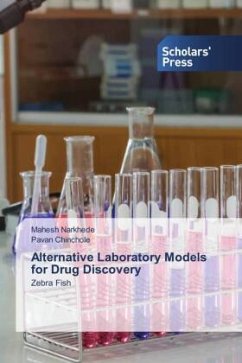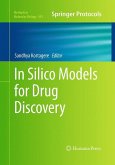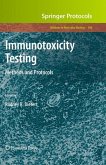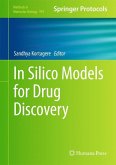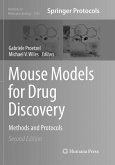Embryonic and larval Danio rerio (zebrafish) is increasingly used as a toxicological model to conduct rapid in vivo tests and developmental toxicity assays; the zebrafish features high genetic homology to mammals, robust, phenotypes, high-throughput genetic and chemical screening have made it a powerful tool to evaluate in vivo toxicity. New methodologies of genome editing as CRISPR/Cas9; ZFN and TALEN make it a suitable model to perform studies to pair human genetic diseases as well. This review surveys recent studies employing zebrafish as experimental model, comparing it with other in vivo and in vitro models, presenting zebrafish as a potent vertebrate tool to evaluate drug toxicity and efficacy in order to facilitate more extensive, easy and comprehensive knowledge of new generation drugs.
Bitte wählen Sie Ihr Anliegen aus.
Rechnungen
Retourenschein anfordern
Bestellstatus
Storno

